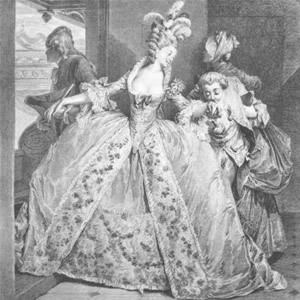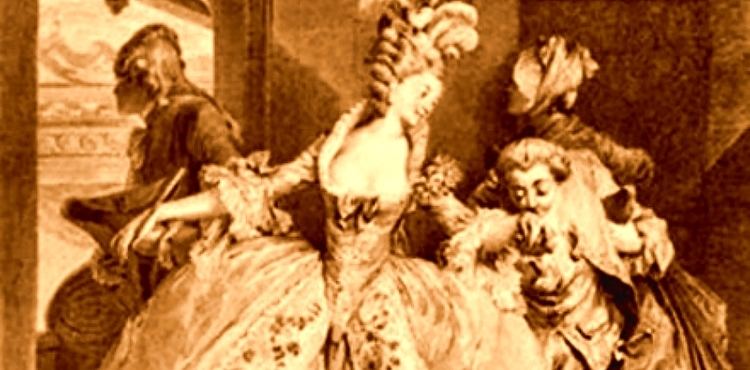Name Brita Tott | Parents Oluf Axelsen Thott | |
 | ||
Brita Olovsdotter Tott (or Thott) (in Swedish) or Birgitte Olufsdatter Thott (in Danish), (fl. 3 March 1498), called the Lady of Hammersta, was a Danish and Swedish noble, landowner, royal county administrator, spy and forger. She was judged for treason and for the forgery of seals. She was one of the biggest landowners in Scandinavia, and her estates played a role in politics in Sweden and Denmark.
Contents

Background
Brita was born the eldest daughter of two Danish nobles, statesman Olov (or Oluf) Axelsson Tott (d. 1464) and Karen Jensdotter Falk (born 1406). Her family was one of the most powerful in Scandinavia: her father was politically influential in both Sweden and Denmark, and her mother was the heir of Vallø. She was related to the Swedish regent consort Lady Ingeborg Tott.
She was in 1442 married to the Swedish noble councillor Ehrengissle Nilsson the Younger Natt och Dag, who belonged to the most powerful nobles in Sweden. Brita was commonly known as "The Lady of Hammersta", after her husband's property Hammersta in Södermanland. She received great estates upon her wedding. She had no children.
Treason
During the war between Sweden and Denmark (1451–52), she corresponded with the enemies of king Charles VIII of Sweden and became involved in a plot against the king. During the war, her spouse was governor of Örebro. When the Danes invaded Västergötland, Brita Olovsdotter corresponded with them and informed them of every movement of the Swedish army which, among other things, enabled the Danish army to capture the fortress of Lödöse and avoid being cast out by the Swedish army.
For this, she was put on trial for treason against the crown at the assembled court in Stockholm of 1452. She was judged guilty of high treason and sentenced to be burned at the stake. The sentence was then changed to being walled alive into a brick wall in Kalmar. In reality, this was never literary realized; she simply spent a period of time as a guest in the St. John's Priory, Kalmar. After her release, she financed the paintings of Ösmo Church in Södermanland as a penance; one of the paintings there is said to be her own image.
Forger
Brita Olovsdotter was also active as a forger, and acquired large amounts of money by the forging seals of both living and dead people. Legend say that there was so many of them, that at one occasion, the secretary of her spouse was to have thrown an abundance of them in the water stream outside Hammersta manor. It is not known whether the stories of her forgery affairs are true or not.
In 1479, she was put on trial in her absence in Stockholm for forgery and judged guilty of having illegally sold her estate Vallö to the Danish crown. She received mercy and was released. This case caused a change in the law: in 1483, the monarch was banned from receiving noble estates with a specific motivation to the case of 1479.
Landowner and county administrator
In 1469, she became a widow and managed the estate herself. The following years was spent on the managing of her large estates and the ownerships over them which, due to their size, was a question debated in the Swedish council. Her stepchildren questioned her right to the Swedish estates of her late spouse, and her stepmother, her father's widow Anne Present, questioned her right to the Danish estates after her mother. She had the support of her powerful uncles, Axelssönerna, until 1475. In 1475, she gave Hammersta to the church and left Sweden for Denmark, and was given support by the Danish king.
In 1484, she was appointed county administrator of the royal estate of Dronningeholm ved Arresø, a position she managed until 1495. In 1495, she left Denmark for Sweden, where she spent her last years. She was one of the largest landowners in Sweden of her time, and her estates played a part in politics and was the perhaps well known court cases in this area of her time.
The date of her birth and death is unknown, but she was still alive on 3 March 1498. In her will, she left the estate both to the Swedish regent Sten Sture the Elder (there are indications that she had been forced to this) and to Uppsala Cathedral, which aroused great confusion.
